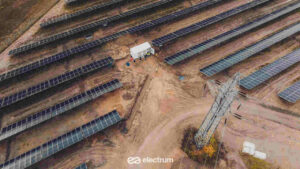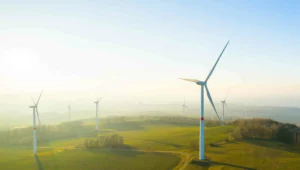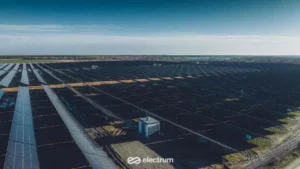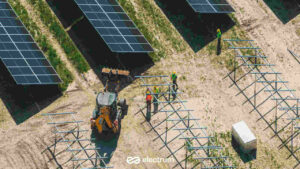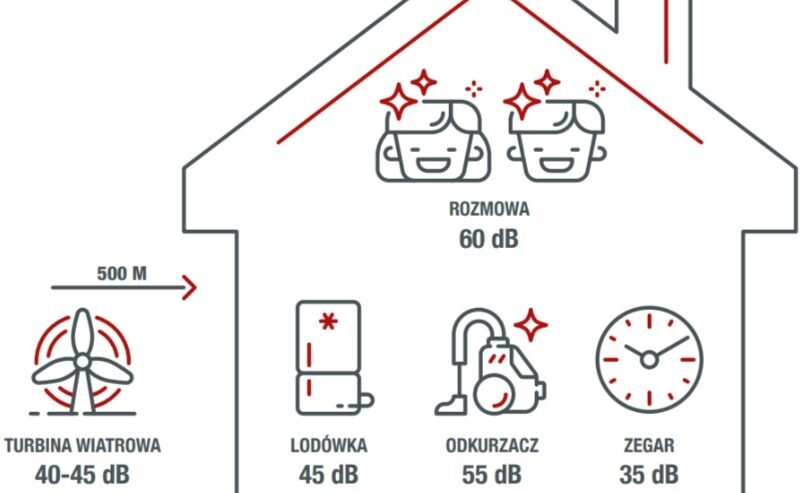Obtaining grid connection requirements for a photovoltaic (PV) solar farm is a multi-step process that involves correctly submitting an application, preparing the necessary documents, and effectively coordinating with the distribution system operator (DSO). Below, we present a guide to the key stages of the process: before, during, and after the application submission.
Solar Interconnection: Before Submitting the Application
- Site Analysis and Land Audit
First, it’s important to assess the site based on its environmental and planning conditions, as well as its proximity to technical infrastructure. Additionally, we evaluate the potential of the property, including solar radiation analysis and productivity studies. - Check the Zoning Plan
Review whether the local zoning plan allows the construction of a solar farm on the selected plot. If there’s no zoning plan, you’ll need to obtain a building permit, which requires an environmental impact decision (EID). - Gathering Documentation
Prepare the required documents for the grid connection application. These typically include:- Proof of land ownership or lease rights.
- The zoning decision or an excerpt from the local zoning plan.
- Technical documentation, such as equipment catalogs and technical drawings.
- A site development plan, including maps and layout designs.
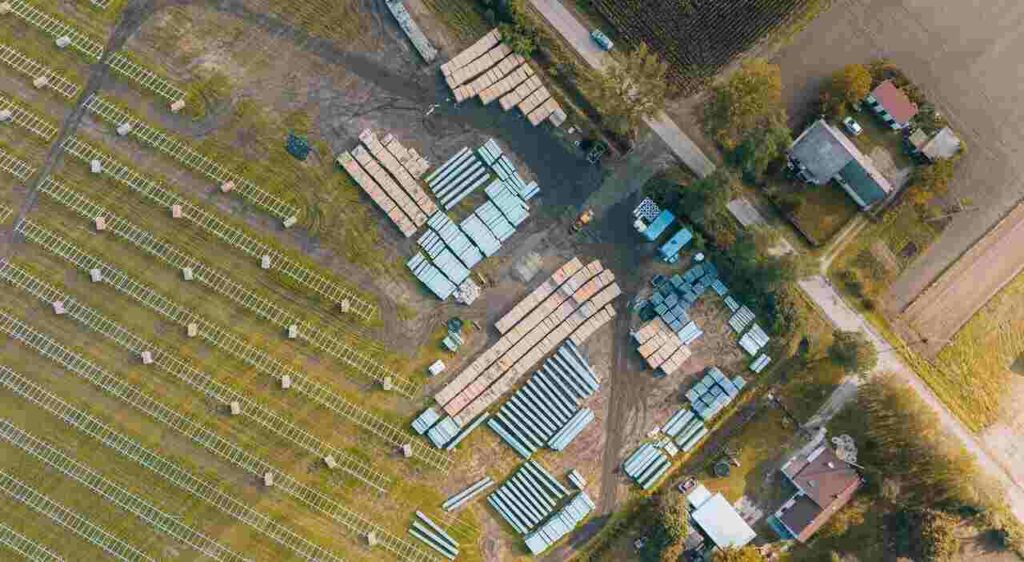
Grid Connection Requirements for Solar Farms
After preparing the initial documentation, you must submit a formal application to the Distribution System Operator (DSO) or the Transmission System Operator (TSO) to obtain the grid connection requirements. These requirements outline the technical specifications necessary for safely and effectively connecting a solar farm to the national electricity grid. Grid connection requirements are part of the connection agreement, which also covers the timeline, costs, and responsibilities of both parties.
Step-by-Step Process
- Application Preparation
Complete the grid connection application as per the DSO/TSO’s guidelines. - Attachments to the Application
The application must include documents such as proof of land ownership, zoning decisions, technical equipment catalogs, site plans, and technical drawings. - Connection Fee
A deposit for the connection fee is usually required, typically around 30 PLN (about 6.50 EUR) per kW (30,000 PLN, or approximately 6,500 EUR, for 1 MW of capacity). This deposit must be paid within 14 days of submitting the application. The maximum deposit can be as high as 3 million PLN (around 650,000 EUR) - Submitting the Application
You can submit the application either in person, by mail, or electronically, depending on the operator’s procedures.
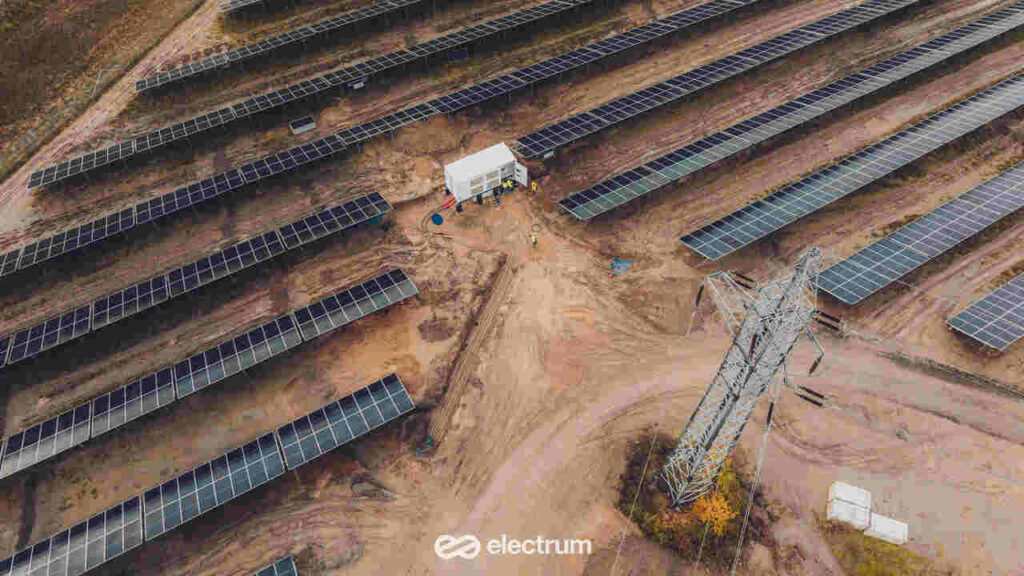
At Electrum Ventures, we develop projects from greenfields:
What to Include in the Application?
Every power grid operator may have specific formal requirements for the documents submitted with the grid connection application. Some of the essential documents include:
- Proof of legal title to the property (e.g., ownership or lease agreements).
- Zoning decision or zoning plan excerpt.
- A site development plan on a topographic map, showing the layout of the solar farm.
- Technical data sheets for PV modules, inverters, and transformers.
- Single-line diagrams of the electrical installation.
- A map showing the route of the grid connection.
At Electrum Ventures, we are responsible for fully utilizing the property’s potential, conducting planning and environmental analyses, and obtaining administrative decisions. Learn more about this: What we do
After Submitting the Application
- Connection Fee Payment
A deposit must be paid within 14 days of the application submission. - Supplementary Documentation
After reviewing your application, the DSO/TSO may request additional information. It’s important to respond quickly to avoid delays. - Monitoring Progress
It’s a good idea to track the status of your application by maintaining communication with the DSO. - Waiting Time
The DSO has up to 150 days to review applications for connection to the high-voltage grid and up to 120 days for medium-voltage connections. This period may be extended by 60 or 75 days, depending on the circumstances. - Receiving Grid Connection Requirements
Once your application is approved, you will receive the solar farm grid connection requirements, which specify the technical details and costs of connecting your solar farm to the grid. These requirements are valid for two years. - Signing the Connection Agreement
After receiving the grid connection requirements, a connection agreement is signed with the DSO/TSO. This agreement outlines the rights, obligations, and timeline for both parties to complete the connection. - Grid Connection Work
After signing the connection agreement, the DSO/TSO will begin the work required to connect your solar farm to the grid. It’s important to maintain good communication with the operator to ensure smooth progress.
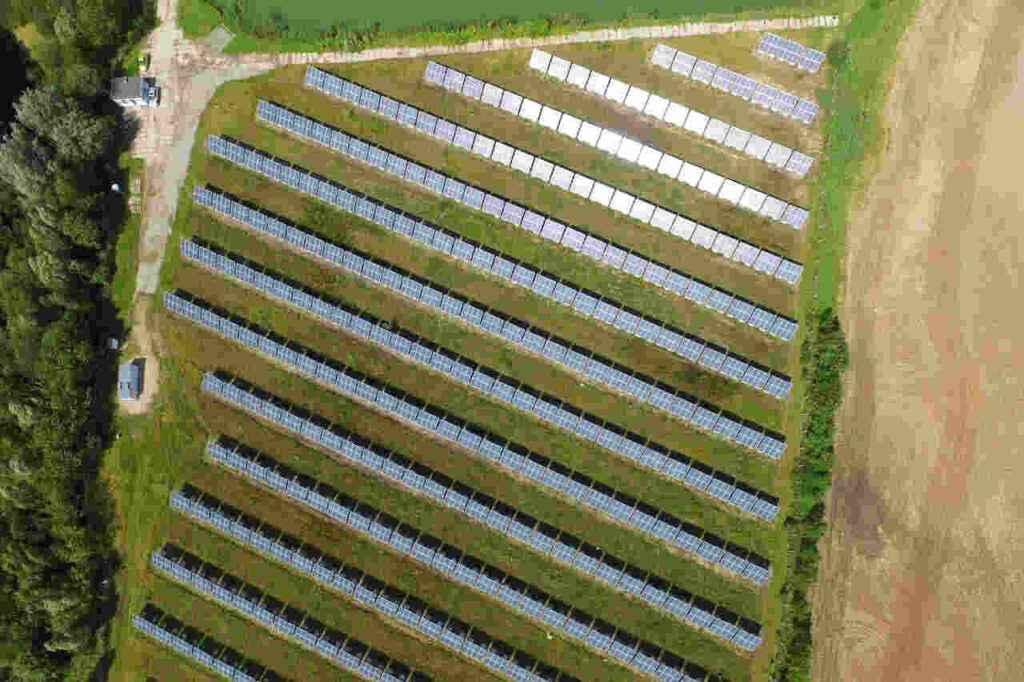
Solar Interconnection – Conclusion
Obtaining grid connection requirements for a solar farm requires careful planning and thorough communication with the distribution system operator. Before submitting the application, all necessary documents must be prepared, and after submission, it’s crucial to monitor the process closely and respond promptly to any requests. By following this guide, you can effectively obtain grid connection requirements and successfully complete your solar farm project.
Read also: Solar Power System Design – What You Need to Know?
